Beyond brands: How to spot a high-quality handbag that lasts
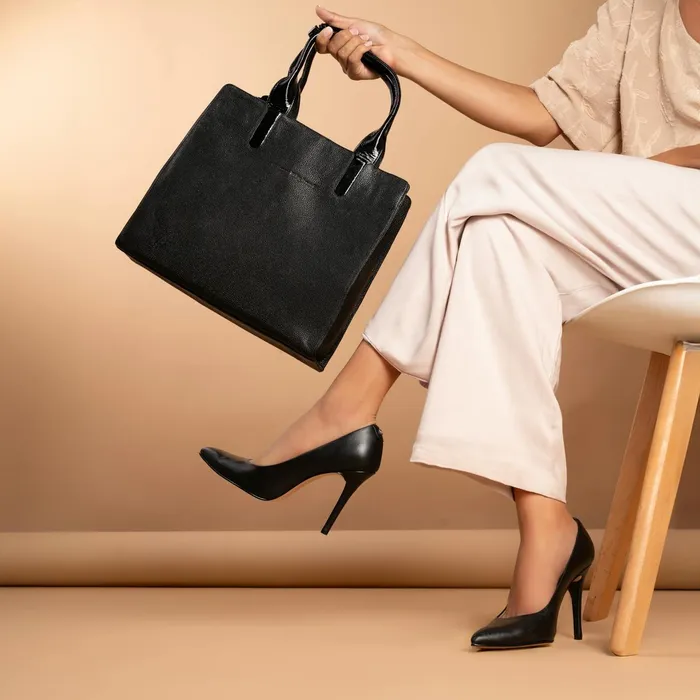
A handbag is more than just an accessory.
Image: José Martin Segura Benites / Pexels
A handbag is more than just an accessory; it's an investment, a daily companion, and often, a statement piece.
While you might be tempted to buy trendy luxury brands, a truly good quality handbag offers durability, functionality, and enduring style that doesn’t have to cost a fortune.
Here are essential tips to ensure your next handbag purchase is a wise one.
Material matters
The material of your handbag is the first and most crucial indicator of its quality and longevity.
- Full-grain leather: This is the crème de la crème. It's the top layer of the hide, retaining its natural texture and imperfections. It develops a beautiful patina over time and is incredibly durable.
- Top-grain leather: A step down from full-grain, it's been lightly sanded to remove imperfections and then finished. Still durable, but may lack some of the unique character of full-grain.
- Genuine leather: Don't be fooled by the name. This is a lower-grade leather, often made from the inner layers of the hide and heavily processed. It's less durable and luxurious than full or top-grain.
- Suede: While soft and luxurious, suede requires more care and is less resistant to stains and wear.
- High-quality synthetics: Not all synthetics are created equal. High-grade nylon, canvas, or even well-made PU leather can offer good durability, especially for casual or travel bags. Avoid anything that feels overly plastic-like or flimsy.
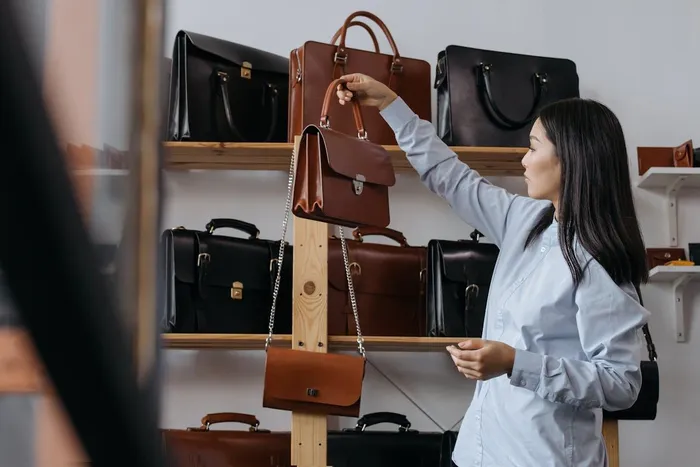
The material of your handbag is the first and most crucial indicator of its quality and longevity.
Image: Cottonbro Studio / Pexels
Examine the stitching
The stitching is a tell-tale sign of craftsmanship. Sloppy stitching indicates a poorly made bag that won't stand the test of time.
- Even and consistent: Each stitch should be identical in length and evenly spaced.
- Tight and clean: There should be no loose threads, skipped stitches, or crooked lines.
- Reinforcement: Pay close attention to stress points like handles, straps, and zipper areas. These should have double-stitching or other forms of reinforcement. Hand-stitching, while rare and expensive, often indicates superior durability as each stitch is individually locked.
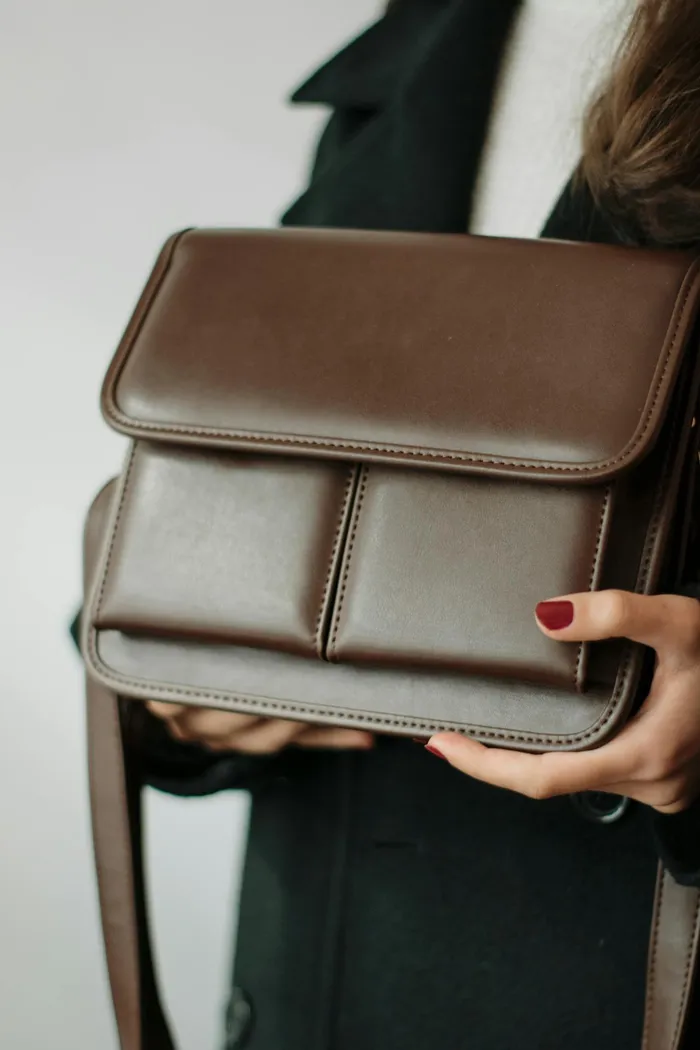
Always examine the stitching.
Image: Berna T / Pexels
Hardware
Often overlooked, the quality of a handbag's hardware, which is the zippers, buckles, clasps, D-rings and feet, significantly impacts its functionality and longevity.
- Weight and substance: High-quality hardware feels weighty and solid, not flimsy or hollow.
- Smooth operation: Zippers should glide effortlessly without snagging, sticking, or feeling rough. Look for trusted brands like YKK.
- Solid attachment: Clasps, buckles, and other closures should be securely attached and operate smoothly. They shouldn't be loose or wobbly.
- Finish and durability: Quality hardware won't tarnish, chip, or lose its lustre easily.
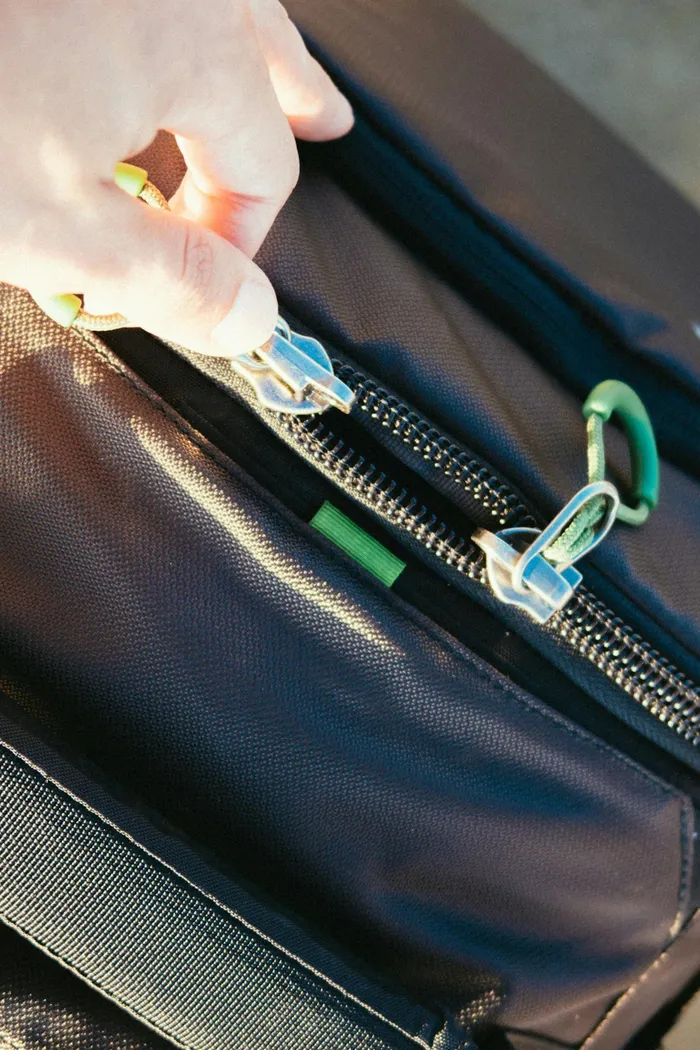
Zippers should glide easily.
Image: Athena Sandrini / Pexels
Interior details
The inside of a handbag is just as important as the outside.
- Lining quality: A durable, high-quality lining like cotton, canvas, or microfiber will resist tearing and pilling. It should be neatly sewn and fully attached to the inside of the bag, not just at the opening.
- Compartments and pockets: Well-designed interiors offer practical organisation. Ensure pockets are functional and well-constructed.
Structure and shape retention
A quality handbag should hold its shape, even when empty.
- Sturdy frame: If the bag is meant to be structured, it should have a strong frame or stiffened fabric to maintain its silhouette. Avoid bags that slouch, sag, or lose their form immediately.
- Minimal piecing: While design can dictate otherwise, generally, bags made from fewer, larger pieces of material, especially leather, tend to be more durable as there are fewer seams to come undone.
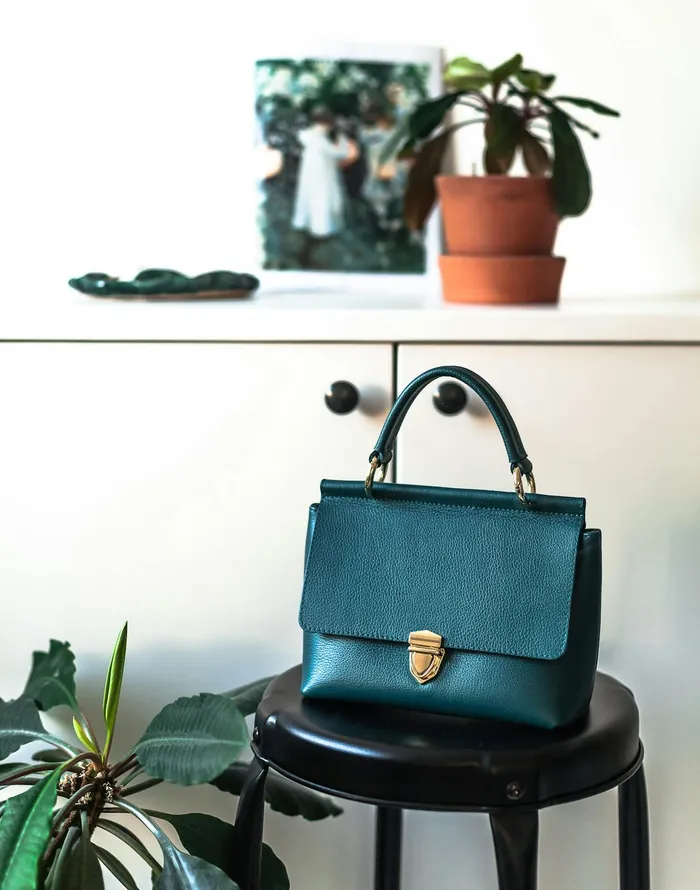
A quality handbag should hold its shape, even when empty.
Image: Diana Light / Pexels
Consider functionality and comfort
Beyond aesthetics, think about how you'll use the bag daily.
- Strap comfort and length: Straps should be comfortable to wear and the appropriate length for your preferred carrying style (shoulder, crossbody, top handle).
- Weight: An empty bag should not feel excessively heavy, as you'll be adding your essentials.
- Size and capacity: Ensure the bag can comfortably accommodate your daily necessities without being overly bulky or too small.
Investing in a good quality handbag is about choosing a piece that will not only complement your style but also withstand the rigours of daily life.
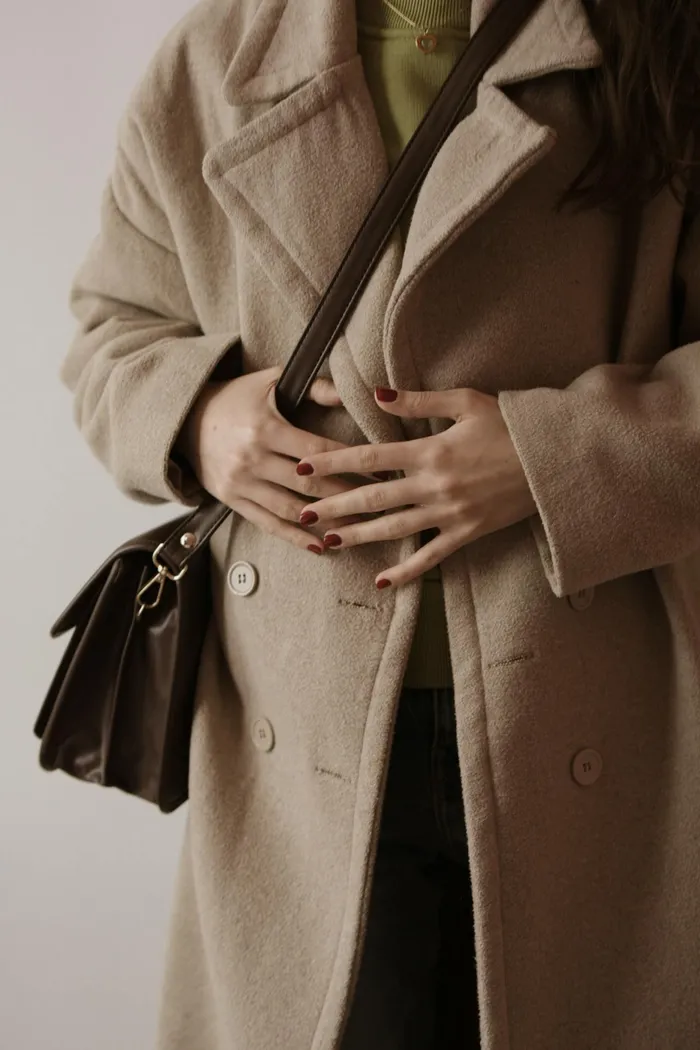
Think about how you will be using your bag daily.
Image: Berna T. / Pexels
IOL Lifestyle
Get your news on the go, click here to join the IOL News WhatsApp channel.
Related Topics: